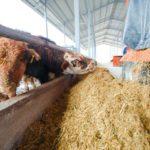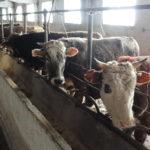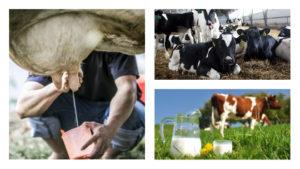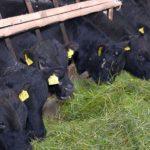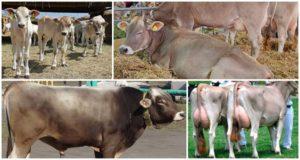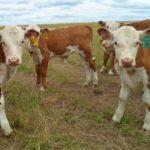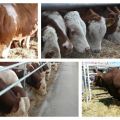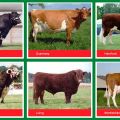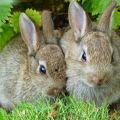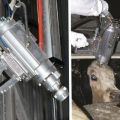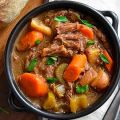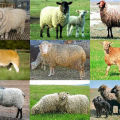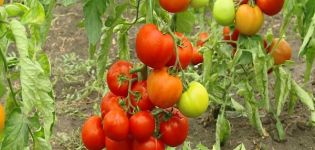The costs of a business of raising gobies for meat at home and is it profitable
The business of raising gobies for meat to novice farmers seems unpromising. Keeping animals requires significant financial costs, free time and physical effort. Evaluation of profitability and payback periods shows that your own business will bring profit. It is important to properly organize the process, assess the risks and the possibility of selling products.
Where to start this business?
Entrepreneurial activity is built according to certain rules. They take into account climatic conditions, the availability of a place for walking animals. It is impossible to keep a herd of bulls in the city. To start your business from scratch, you need to build a corral for cattle, create comfortable conditions for animals. The construction of a barn and the purchase of young animals will take most of the financial resources. Experts consider the starting capital of half a million rubles to be optimal. The amount is enough for the purchase of 10 bull calves and the arrangement of the farm.
Business features:
- Wide market for meat.
- The ability to conduct business without expensive equipment and high rents.
- Full control of all processes.
- Additional income from the sale of animal skins and even manure.
To raise bulls, it is also important to calculate the amount of feed and get veterinary help.
Is it profitable?
All costs for breeding bull calves for meat, as well as projected income, are reflected in the business plan. In the document, a novice entrepreneur takes into account all the costs of starting his own business:
- Rent or purchase of a plot and pasture for walking animals.
- Construction of a pen for keeping livestock and outbuildings, including the cost of consumables and services.
- Funds for the purchase of bulls.
- Purchase of feed.
- Hiring employees, organizing veterinary examinations of animals.

In the economic part of the plan, they reflect the receipt of funds from the sale of meat and third-party goods, calculate the profitability and payback period of the project, profit and taxes. The analytical section contains a comparison of indicators, a strategy to reduce costs and increase revenues. And in the investment part, they determine the possibility of obtaining grants and the need to attract additional investments. A loan is taken if the projected profit exceeds the amount of payments to repay the loan.
Requirements for the place of keeping bulls
When setting up a farm, the weather characteristics of the region are taken into account. In cold climates, calves are kept indoors.This system is also suitable for small farms. Animals spend all their time in stalls, except for walks near the barn. The bulls in the paddock quickly gain mass but become aggressive.
With a free content, young animals recover more slowly. But walking strengthens the immunity of animals. Previously, the area is examined and cleaned of poisonous plants, sharp stones and other objects that can injure the herd are removed.
Site selection is of great importance. The flora of the wetlands is not suitable. Plants do not contain trace elements useful for bulls. Flies and ticks are dangerous for animals that graze in forest areas. For walking, steppe or mountain areas rich in cereals, legumes and forbs are used.
Building arrangement
When erecting a barn, up to 10 square meters (taking into account the organization of a place for storing feed) are provided for the maintenance of one animal. Basic requirements for the construction of buildings:
- The ability to connect to sources of electricity and water supply.
- The distance of the corral from residential buildings should be at least 30 meters.
- The building is insulated and a ventilation system is provided.
- Natural materials are used during construction.
- Design large windows for natural daylight.
- A storage space for hay is being built in the attic.
- If you plan to keep 10 or more bulls, it is advisable to install automatic feeders and water supply systems.
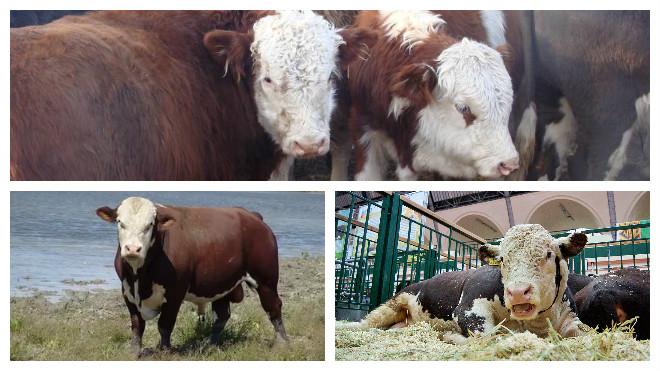
When kept at home, animals should not experience discomfort. The bulls are clean, so the pen is cleaned regularly. The room temperature should not fall below 8 degrees. The space inside the building must be clear so that the animals can turn and reach the feeder. The stables are separated by strong railings, on which chains are attached.
Selection of animals
They approach the choice of bulls responsibly. Animal health and pedigree are of great importance.
Buying young animals
Gobies are bought from farms specializing in breeding animals. The following indicators are taken into account:
- Find out the compliance of the mass of the animal with the standards characteristic of the breed.
- Examine the physique, check for possible damage.
- Maternal productivity indicators and father's weight are studied.
Experienced farmers are advised to give preference to one and a half year old bulls. At this age, the calves have already received preventive vaccinations, the animals switched to self-feeding.
Popular breeds
The business of raising livestock for meat involves the use of gobies that gain weight quickly. At the time of slaughter, animals must have the maximum mass. Profit directly depends on this indicator. Best beef bulls:
| Breed name | Meat output,% | Average weight of an animal, tons |
| Charolais | 70 | 1,6 |
| Hereford | 70 | 1,2 |
| Limousin | 65-68 | 1 |
| Kazakh | 65 | 1,1 |
| Simmental | 65 | 1,3 |
| Kalmyk | 60 | 0,9 |
Before buying, find out which breeds can take root in the region where the farm is located. Some animals are adapted to cold climates, others are bred in the hot south. The conditions for keeping gobies are different.
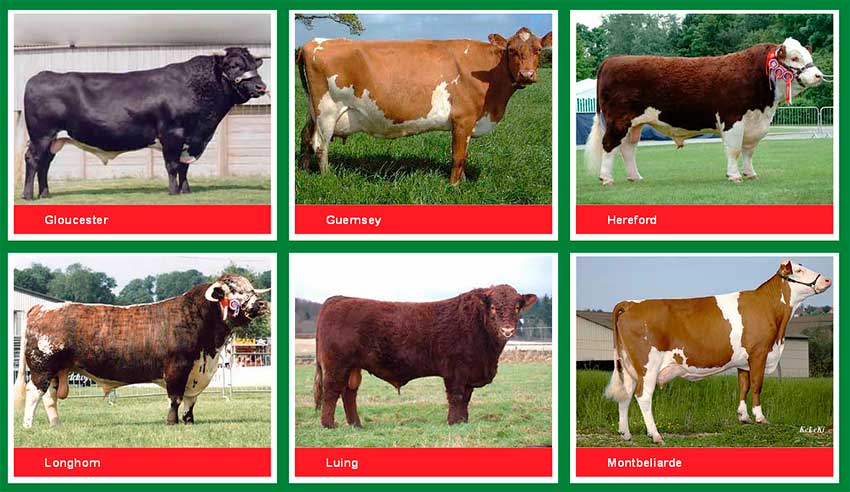
How to feed gobies raised for meat
Balanced feeding promotes rapid weight gain in bulls. The diet is especially carefully selected in order to achieve the effect of marbled meat. In some cases, they even order individual nutrition schemes for each breed of animals.
If the financial plan does not provide for additional costs to attract such specialists, then general recommendations are used.
The diet of gobies depends on the season:
- In the warm season, cattle feeds on pasture. Additionally, animals receive concentrates.
- In winter, greens are replaced with hay, vegetables, combined feed and vitamin complexes are added.
In summer, the herd spends a lot of time in the pasture. The bulls are not allowed to walk for up to 6 months. An excess of fresh vegetation will cause gas formation and provoke a dangerous disease - tympania. The disease often ends in the death of animals.
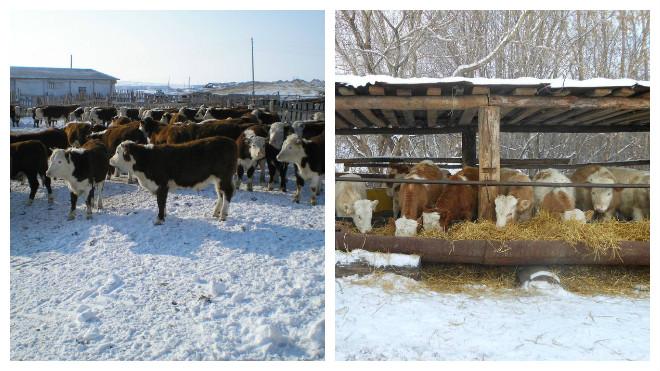
Newborn calves are fed with mother's milk, gradually introducing cereals and protein-rich foods into the diet. After 6 months, the goby begins to feed on fresh and dried grass, increasing the intake every day. Enzymes are added to food. The measure is aimed at the breakdown of roughage, which contributes to a faster gain in live body weight.
Feeding for meat begins when the weight of animals reaches 300 kilograms. The bulls are placed in separate stalls and walking time is reduced. Animals are sent for slaughter at the age of 1.5 years.
Breeding rules
If the entrepreneur plans to breed offspring on the farm, they buy cows for mating. For breeding cattle, natural fertilization and the method of artificial insemination are used. The latter method is considered more cost-effective. Conception is planned in such a way that offspring will be born in early spring. In the summer, the calves will go to free grazing, feeding will not require additional costs.
Producers are kept on their own farm or the cow is mated to another farm. Breeding bulls cover up to 50 cows per year. Crossbreeding of animals of different breeds leads to cross-breeding, which affects the change in productivity indicators.
Do I need clearance?
The business of breeding gobies for meat provides 3 forms of company registration:
- When keeping a small number of animals on a mini-farm (a site up to 2 hectares), a certificate from local authorities is sufficient. Owners of personal subsidiary plots are exempt from paying contributions to the budget.
- Individual entrepreneurs submit an application to the Federal Tax Service for registration. Livestock breeders use a single agricultural tax. The deduction rate is 6%.
- The procedure for registering a peasant farm is similar to the registration of an individual entrepreneur.
The action plan must include an item on obtaining certificates for meat. The conclusion of the sanitary and epidemiological station is necessary for the sale of goods. Without documents certifying the quality of products, supermarkets or restaurants will not buy beef. Confirmation will also be required for the sale of meat on the markets.
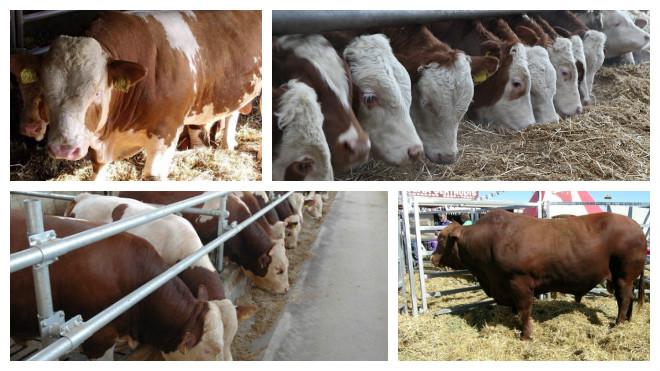
Staff recruitment
A small herd of up to 10 gobies can be served by the farmer himself. A large number of livestock requires increased attention. 2-3 employees will help feed the bulls, drive them out to pasture and clean the barn. During the slaughter period, temporary workers are employed.
A separate item of expenditure provides for the veterinary care of bulls. In large farms, the position of a doctor is included in the staffing table. On mini-farms, field visits are agreed to inspect animals.
Profit calculation and payback period of the project
Breeding gobies for meat will be profitable if the current costs are not exceeded. At the first stage of the business, funds will be required:
- For the purchase of a plot, construction or rental of premises for animals.
- Purchase of animals.
- Purchase of feed.
- Employee salaries.
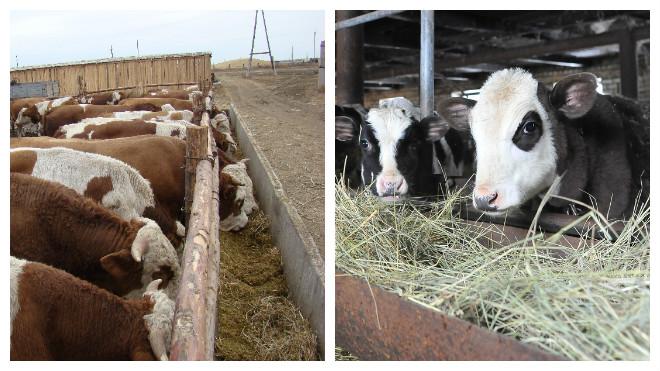
Taking into account all points, the initial total costs for the purchase of 20 bulls will be 500 thousand rubles. The costs of keeping animals, veterinary examinations and other unforeseen expenses will add another 65 thousand each month.
If you buy bulls at the age of six months, the keeping time before slaughter will be 10 months. During this period, the farmer will spend another 650 thousand rubles. To determine profitability, income from product sales is calculated.The average weight of a fattened animal is 700 kilograms. The meat yield is 65%. Even with wholesale prices that are significantly lower than market prices, the farmer will receive about 1 million rubles from the sale of meat.
If you consider that in the second year you will not have to spend money on the arrangement of a pen for animals, equipment, then the costs will pay off in 2 years. And the strategy of selling meat to large shopping centers and restaurants will significantly increase profits. The benefits are clear.
For farmers who are familiar with the specifics of cattle breeding, opening a business for raising bull calves for meat will be a successful project. Given the demand for products, such activities have good development prospects.
